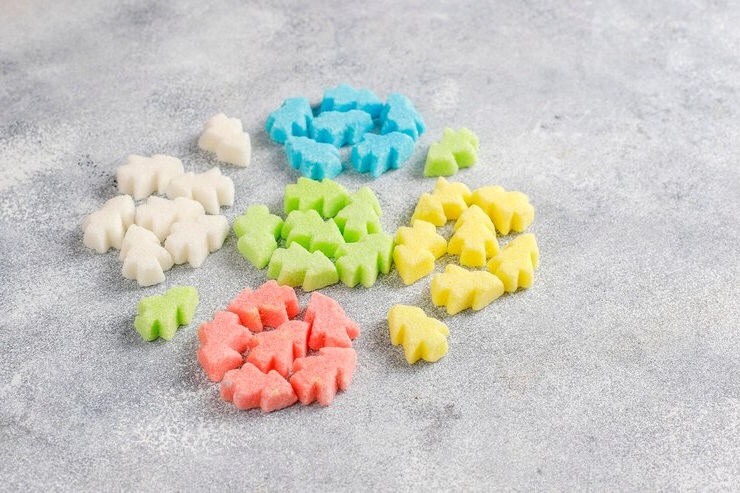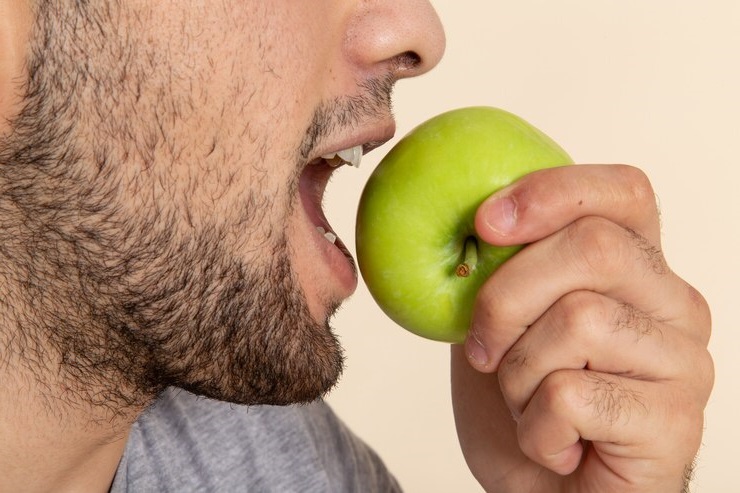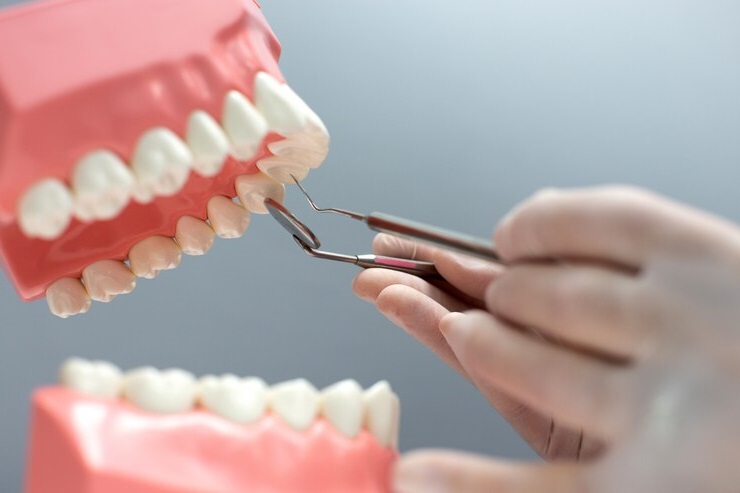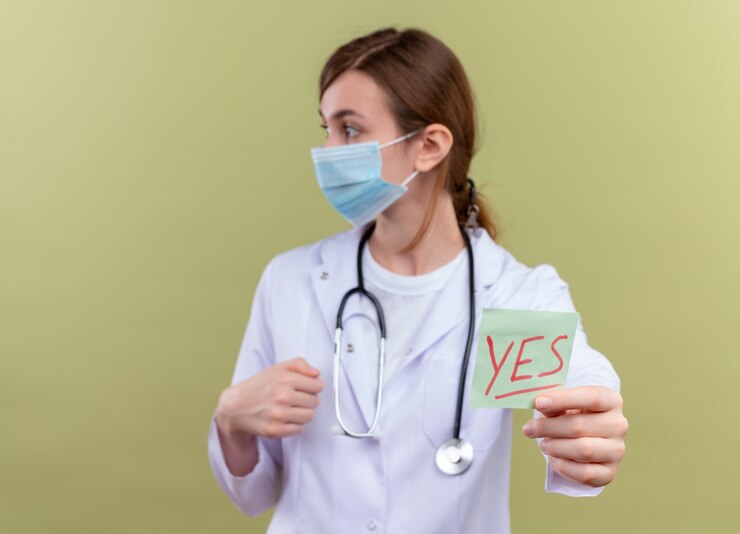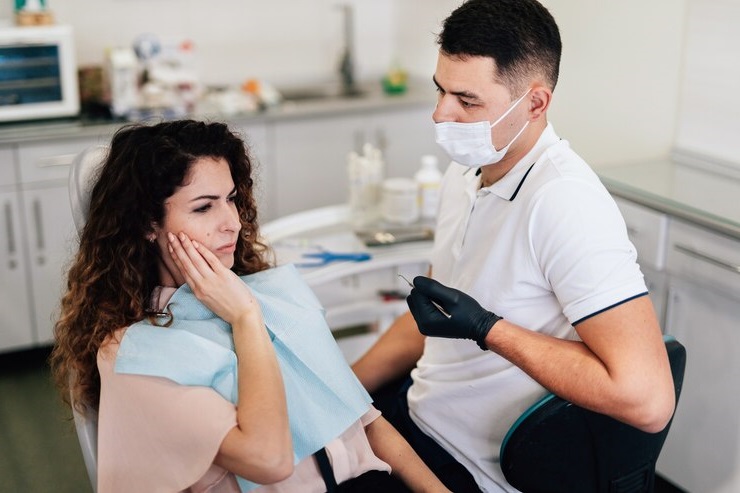
Dealing with a dental abscess can be extremely painful and stressful. While it’s always best to seek professional dental care, there are situations where you might need to know how to get rid of an abscess without going to the dentist. This guide will explore various home remedies, natural treatments, and practical tips to manage a dental abscess until you can see a professional.
Understanding Dental Abscesses
A dental abscess is a pocket of pus that forms due to a bacterial infection. It can develop at different parts of the tooth, such as the tip of the root (periapical abscess) or in the gums beside a tooth root (periodontal abscess). Knowing how to get rid of an abscess without going to the dentist involves understanding the symptoms and causes of these infections.
The primary symptoms of a dental abscess include severe, persistent, throbbing pain that can radiate to the jawbone, neck, or ear. Other symptoms might include sensitivity to hot and cold, swelling in the face or cheek, tender or swollen lymph nodes under the jaw or in the neck, and a sudden rush of foul-smelling and foul-tasting fluid if the abscess ruptures.
Home Remedies to Get Rid of an Abscess
Several home remedies can help you manage the pain and reduce the infection until you can see a dentist. These remedies can be effective ways to get rid of an abscess without going to the dentist.
Saltwater Rinse
A saltwater rinse is one of the simplest and most effective remedies for a dental abscess. Salt has natural antibacterial properties that can help reduce inflammation and kill bacteria.
- Mix 1/2 teaspoon of salt in a glass of warm water.
- Swish the solution around your mouth for about two minutes.
- Spit it out and repeat this process several times a day.
The saltwater rinse creates an inhospitable environment for bacteria, helping to reduce their numbers and soothe the affected area. Regular use can also help draw out the pus from the abscess, providing some relief from the pressure and pain.
Baking Soda
Baking soda has antibacterial properties that can help fight the infection and relieve pain.
- Mix 1/2 teaspoon of baking soda with a pinch of salt and water to make a paste.
- Apply the paste to the affected area using a cotton ball.
- Leave it on for a few minutes before rinsing with warm water.
Baking soda helps neutralize the acidic environment that bacteria thrive in, making it less likely for them to multiply and cause further infection. This paste can also reduce swelling and alleviate discomfort.
Garlic
Garlic is known for its powerful antibacterial and anti-inflammatory properties, making it an excellent remedy for tooth infections.
- Crush a garlic clove to release its juice.
- Apply the crushed garlic directly to the affected area or chew on a garlic clove.
- Repeat this process a few times a day.
Garlic contains allicin, a compound with natural antibacterial properties that can help kill the bacteria causing the abscess. It also has anti-inflammatory effects, which can reduce swelling and pain. Consistent use can provide significant relief from the symptoms of a dental abscess.
Natural Antibiotics
Certain natural antibiotics can help you understand how to get rid of an abscess without going to the dentist. These natural options can be gentler on your body and still provide effective results.
Oil of Oregano
Oil of oregano has potent antibacterial properties that can help fight infections.
- Mix a few drops of oil of oregano with a carrier oil (like coconut oil).
- Apply the mixture directly to the affected tooth and gums using a cotton ball.
- Repeat this process twice daily.
Oil of oregano contains carvacrol and thymol, compounds known for their antimicrobial activities. These compounds can penetrate the biofilm that protects bacteria, making them more susceptible to being killed by the oil. Using oil of oregano regularly can help reduce the infection and alleviate pain.
Turmeric
Turmeric is renowned for its anti-inflammatory and antibacterial properties, making it effective for treating dental abscesses.
- Mix turmeric powder with water to form a paste.
- Apply the paste to the affected tooth and gums.
- Leave it on for about 20 minutes, then rinse with warm water.
- Repeat twice daily.
Curcumin, the active ingredient in turmeric, inhibits the growth of bacteria and reduces inflammation, helping to manage the infection and alleviate pain. This natural antibiotic can be a powerful ally in your fight against a dental abscess.
Clove Oil
Clove oil is known for its pain-relieving and antibacterial properties. It contains eugenol, which can help reduce pain and fight infection.
- Dip a cotton ball in clove oil.
- Apply it directly to the affected tooth and surrounding gums.
- Repeat a few times a day.
Clove oil numbs the pain and helps kill the bacteria causing the abscess, promoting healing and providing relief from discomfort. Its regular use can make a significant difference in managing a dental abscess.
Herbal Remedies for Dental Abscesses
Herbal remedies can offer natural solutions for managing and treating dental abscesses. These remedies can provide relief and help you understand how to get rid of an abscess without going to the dentist.
Echinacea
Echinacea is known for its immune-boosting properties and can help fight infections.
- Take Echinacea supplements or use Echinacea tea as a mouth rinse.
- Consult with a healthcare professional before using Echinacea, especially if you have any underlying health conditions.
Echinacea can stimulate the immune system, helping your body to fight off the bacterial infection causing the abscess. It also has anti-inflammatory properties that can reduce swelling and pain. Regular use can support overall oral health and help manage the symptoms of a dental abscess.
Goldenseal
Goldenseal has strong antibacterial properties that can help treat dental abscesses.
- Mix goldenseal powder with water to create a paste.
- Apply the paste directly to the affected area.
- Leave it on for about 20 minutes, then rinse with warm water.
Goldenseal contains berberine, an alkaloid with potent antibacterial and anti-inflammatory effects. This can help reduce the bacterial load in the mouth and promote healing. Using goldenseal as part of your treatment regimen can be an effective way to combat a dental abscess.
Myrrh
Myrrh has been used for centuries for its antiseptic and anti-inflammatory properties.
- Mix myrrh powder with water to form a paste.
- Apply the paste to the affected tooth and gums.
- Leave it on for about 20 minutes, then rinse with warm water.
Myrrh helps to disinfect the mouth and reduce inflammation, making it an effective natural remedy for managing dental abscesses. Regular use can help alleviate the symptoms and support the healing process.
Essential Oils for Dental Abscesses
Essential oils can provide powerful antibacterial and anti-inflammatory benefits, making them useful for managing dental abscesses and understanding how to get rid of an abscess without going to the dentist.
Tea Tree Oil
Tea tree oil has strong antibacterial properties that can help fight infections.
- Dilute a few drops of tea tree oil with a carrier oil (like coconut oil).
- Apply the mixture to the affected area using a cotton ball.
- Repeat this process twice daily.
Tea tree oil contains terpenes, which have been shown to kill bacteria and reduce inflammation. Applying it to the affected area can help manage the infection and alleviate pain. Regular use can provide significant relief from the symptoms of a dental abscess.
Peppermint Oil
Peppermint oil can help reduce pain and inflammation associated with a dental abscess.
- Mix a few drops of peppermint oil with a carrier oil.
- Apply the mixture directly to the affected tooth and gums.
- Repeat this process twice daily.
Peppermint oil has a cooling effect that can numb the pain and reduce inflammation. Its antibacterial properties also help to reduce the bacterial load in the mouth. Using peppermint oil regularly can help manage the symptoms of a dental abscess and promote healing.
Lavender Oil
Lavender oil is known for its calming effects and antibacterial properties. It can help reduce pain and promote relaxation.
- Mix a few drops of lavender oil with a carrier oil.
- Apply the mixture to the affected area using a cotton ball.
- Repeat this process a few times a day.
Lavender oil can soothe the affected area, reduce inflammation, and help you manage the pain associated with a dental abscess. Its regular use can support overall oral health and provide relief from discomfort.
Over-the-Counter Treatments
While natural remedies can be effective, over-the-counter (OTC) treatments can also provide relief and help you understand how to get rid of an abscess without going to the dentist. These medications can help manage pain and reduce the infection until you can see a dentist.
Pain Relievers
OTC pain relievers such as ibuprofen (Advil) and acetaminophen (Tylenol) can help reduce the pain and inflammation associated with a dental abscess. Always follow the dosage instructions on the label and consult a healthcare professional if you have any concerns.
Pain relievers work by blocking the pathways that cause inflammation and pain, providing temporary relief from the severe discomfort caused by a dental abscess. This can help you manage daily activities while waiting for professional treatment.
Antiseptic Mouthwash
Using an antiseptic mouthwash can help reduce bacteria in the mouth and support the healing process.
- Rinse your mouth with the mouthwash according to the instructions on the label.
- Use it twice daily for best results.
Antiseptic mouthwash contains compounds that kill bacteria on contact, reducing the overall bacterial load in your mouth. This can help control the spread of the infection and provide a cleaner environment that supports healing.
Topical Anesthetics
Topical anesthetics like benzocaine can provide temporary relief from pain by numbing the affected area.
- Apply a small amount of the topical anesthetic to the affected area.
- Follow the instructions on the label for proper usage.
Topical anesthetics can be particularly helpful in providing quick pain relief, allowing you to manage the discomfort until you can see a dentist.
Maintaining Good Oral Hygiene
One of the best ways to prevent and manage dental abscesses is by maintaining good oral hygiene. This can help you avoid the need to get rid of an abscess without going to the dentist in the first place.
Brushing and Flossing
Brushing your teeth at least twice a day with fluoride toothpaste and flossing daily are essential habits for maintaining oral health. These practices help remove food particles and plaque that can harbor harmful bacteria.
- Use fluoride toothpaste to strengthen your teeth and reduce the risk of decay.
- Floss between your teeth to remove debris and prevent gum disease.
Regular brushing and flossing help to remove plaque and food particles that can lead to bacterial growth. Using mouthwash adds an extra layer of protection by killing bacteria that may be missed during brushing and flossing.
Regular Dental Check-Ups
While this article focuses on ways to get rid of an abscess without going to the dentist, regular dental check-ups are crucial for maintaining oral health. Dentists can identify and address potential issues before they become severe, reducing the risk of infections.
During dental check-ups, your dentist can perform professional cleanings to remove tartar and plaque buildup, check for signs of decay and infection, and provide personalized advice on maintaining optimal oral health.
Healthy Diet and Lifestyle
Eating a balanced diet rich in vitamins and minerals supports overall health, including your teeth and gums. Avoid sugary and acidic foods that can contribute to tooth decay and gum disease.
- Eat a balanced diet: Focus on foods rich in nutrients that support overall health.
- Stay hydrated: Drinking plenty of water helps keep your mouth clean and supports saliva production, which naturally helps protect against tooth decay and infections.
- Limit sugar and acid: Avoid foods and drinks that can erode tooth enamel and contribute to the growth of harmful bacteria.
Avoiding Harmful Habits
Certain habits can increase the risk of dental abscesses. Avoiding these habits can help maintain better oral health and prevent the need to get rid of an abscess without going to the dentist.
- Quit smoking: Smoking weakens the immune system and reduces the flow of saliva, both of which can increase the risk of infections in the mouth.
- Limit alcohol consumption: Excessive alcohol consumption can negatively impact your oral health. Reducing your alcohol intake can help maintain a healthier mouth and reduce the risk of infections.
- Avoid chewing on hard objects: Chewing on ice, pens, or other hard objects can damage your teeth and increase the risk of abscesses.
When to Seek Professional Help
Even if you manage to get rid of an abscess without going to the dentist, it’s essential to know when professional help is necessary. Some signs indicate that the infection is severe or spreading, requiring immediate medical attention.
Persistent Symptoms
If your symptoms persist or worsen despite using home remedies, it’s crucial to seek professional help. This includes severe pain, swelling, fever, or difficulty swallowing.
Severe Pain
Experiencing severe or escalating pain may indicate a more serious infection that requires professional intervention. Do not ignore intense pain, as it can be a sign of a spreading infection.
Fever and Swelling
Fever, significant swelling, or difficulty swallowing are signs that the infection may be spreading and needs urgent medical attention. These symptoms can indicate that the infection is moving beyond the tooth and gums, posing a risk to your overall health.
Potential Side Effects and Considerations
While home remedies and natural treatments can be effective, it’s essential to be aware of potential side effects and considerations when trying to get rid of an abscess without going to the dentist.
Possible Side Effects
Some people may experience mild digestive discomfort when using natural remedies. This is usually temporary as your body adjusts to the treatment.
Allergies and Sensitivities
Be mindful of any allergies or sensitivities you might have to ingredients in natural remedies or over-the-counter treatments. Always read labels carefully and choose products that are free from allergens that may affect you.
Consult with a Healthcare Professional
If you have any underlying health conditions or are taking medication, it’s essential to consult with a healthcare professional before starting any new treatment. They can provide personalized advice and ensure that the remedies are safe for you to use.
The Role of Stress in Oral Health
Stress can have a significant impact on your oral health, potentially leading to issues that require you to get rid of an abscess without going to the dentist. Managing stress effectively can help maintain better oral health.
Stress Management Techniques
Adopting stress management techniques can help reduce the impact of stress on your oral health. Consider practices like meditation, yoga, deep breathing exercises, and regular physical activity to manage stress effectively.
Adequate Sleep
Ensuring you get enough sleep each night is crucial for overall health, including your oral health. Aim for 7-9 hours of quality sleep each night to support your immune system and overall well-being.
Conclusion
Knowing how to get rid of an abscess without going to the dentist can be incredibly valuable in managing dental pain and discomfort. While professional dental care is always the best option, home remedies, natural treatments, and lifestyle changes can provide temporary relief and support your oral health. Remember, it’s important to seek professional help if symptoms persist or worsen to prevent complications and ensure the best possible outcome for your dental health.

